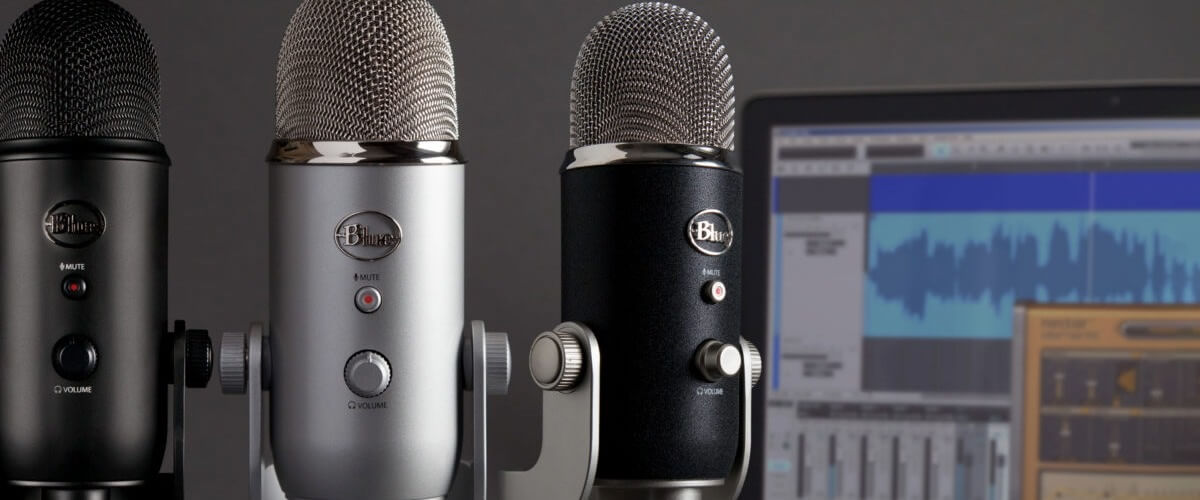Nowadays, the podcast is quite popular because it is a new way to get information and story. You can listen to the podcast in your car, at work, or at home. So it is easy and free to find a topic that interests you and start listening.
A podcast is a digital audio or video file distributed over the internet.
They are usually episodic, with each episode covering a different topic or featuring different guests. Besides, they can be streamed online or downloaded for offline listening.

Why should I structure podcasts?
There are a few key reasons why you might want to structure your podcast:
To keep your audience engaged
A well-structured podcast will flow in a way that is easy for your listeners to follow. It means they are less likely to get bored or lost and more likely to stick with your show until the end.
To make it easier to produce
Having a clear structure for your podcast will make it simpler and quicker to put together each episode. It can be a big help if you’re short on time or resources.
To make it more professional
A well-structured podcast will sound polished and professional, which can help you attract and retain listeners.
To make it easier to market
A well-structured podcast will be easier to market and promote, as potential listeners will know what to expect from each episode. It can help you grow your audience over time.
According to what features can I structure podcasts?
There are a few key features that you can use to structure your podcasts:
- The length of each episode.
- The format of each episode.
- The topics covered in each episode.
- The guests featured in each episode.
Besides, you can structure each episode separately. Here we speak about dividing an episode into several parts:
- The introduction: it is where you’ll introduce your topic and let your listeners know what they can expect from the episode. Start with a brief introduction to the topic of your podcast or your guests. It will help listeners understand the podcast and why they should care.
- The main content: it is the meat of your episode, where you’ll dive into the details of your topic. It is the time to get into the nitty-gritty of your discussion and share your insights and expertise.
- The conclusion: it is where you’ll wrap up your episode and leave your listeners with something to think about. Wrap up the podcast with a few final thoughts or takeaways. It is an excellent opportunity to thank your guests and let listeners know where they can find more information about the topic.
- The call to action: it is the part in which you’ll tell your listeners what you want them to do after they finish listening to your episode (e.g., visit your website, sign up for your newsletter, etc.).
How can podcasts be divided according to the length of the episode?
Podcasts can typically divided into three categories based on the length of their episodes: short, mid-length, and long-form.
Short-form podcasts are typically around 15 minutes in length or less. In addition, these podcasts are usually more focused on a single topic and move quicker than their larger counterparts.
Mid-length podcasts are typically between 15 and 45 minutes in length. These shows usually have more than one topic and tend to be a bit more relaxed in terms of pace.
Long-form podcasts are usually 45 minutes or longer. These shows are often more in-depth looks at a single topic, and they usually move at a slower pace than shorter podcasts.
How can podcasts be divided according to the format of the episode?
Podcasts can broadly be divided into two formats- interview style and narrative.
In an interview-style podcast, the host interviews a guest or guest on a particular topic. This format is common in podcasts that discuss current affairs, politics, business, or other topics where the guests’ expertise is valuable to the discussion.
In a narrative podcast, the host tells a story, often interspersed with interviews with people involved in the story. This format is common in podcasts that discuss history, true crime, or other topics where the story is more important than the expert opinions of guests.

How can podcasts be divided according to the topics covered in episodes?
There are a few different ways that podcasts can be divided up according to the topics that they cover in their episodes. One of such ways is by genre. Podcasts that are divided up according to the genre will typically have episodes that cover topics related to that particular genre. For example, a business podcast may have episodes that discuss marketing strategies, finance tips, and entrepreneurial advice. On the other hand, a comedy podcast may have episodes that feature stand-up routines, sketches, and interviews with funny people.
How can podcasts be divided according to the guests featured in the episode?
There are a few ways that podcasts can be divided according to the guests featured in each episode. One way is by type of guests, such as experts, celebrities, or everyday people. Additionally, some podcasts might have episodes that feature experts on a particular topic, such as the episode with the sportsman, economists, etc.

















